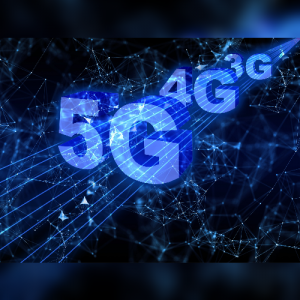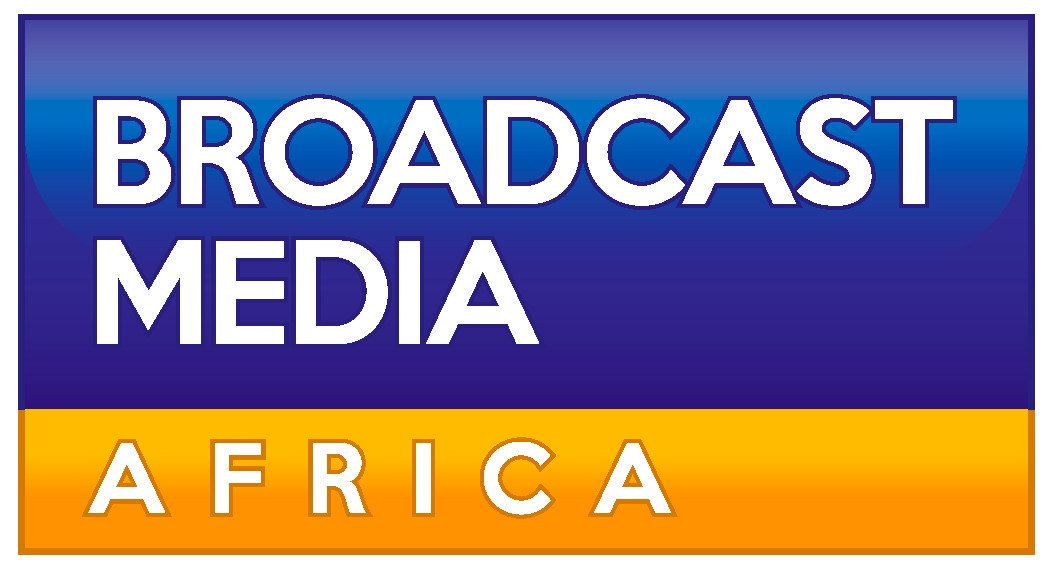

The African continent, including Nigeria, has the world’s lowest 5G coverage rate, per the International Telecommunications Union (ITU) report released in December 2023.
The report suggests that older mobile technologies such as 2G and 3G networks still hold great importance in Africa, whereas they are being phased out in developed countries. These older networks are still the predominant technologies in use in many African countries, including Nigeria, as they offer a lower-cost option to provide basic mobile services such as voice calls and text messages, especially in areas where 4G and 5G networks are not available.
According to the ITU, high-income countries have higher 5G coverage than low-income countries, with Europe leading the pack at 68% of the population covered by 5G networks. The Americas and Asia-Pacific follow with 59% and 42% coverage, respectively. While 5G coverage is still quite uneven, its benefits are expected to be felt worldwide.
Despite the uneven growth of 5G coverage, the ITU has tracked the expansion of 5G networks worldwide since the first commercial 5G networks were deployed in 2019. 5G networks can deliver much faster download speeds, lower latency, and greater capacity than previous generations of mobile networks.










